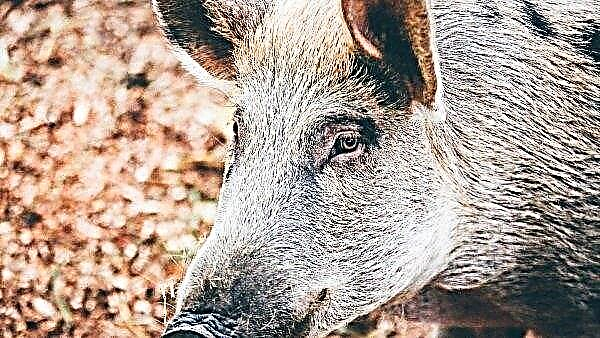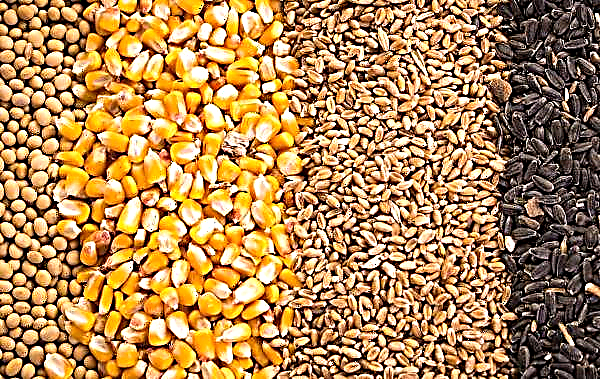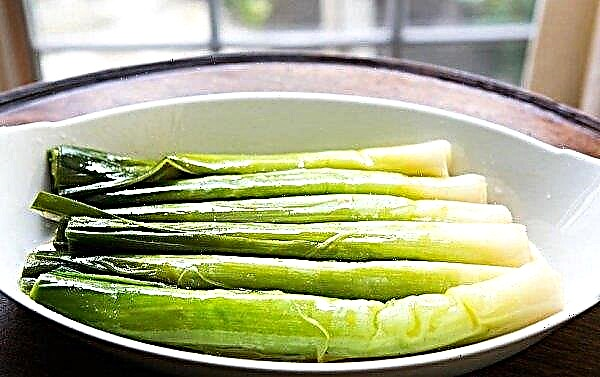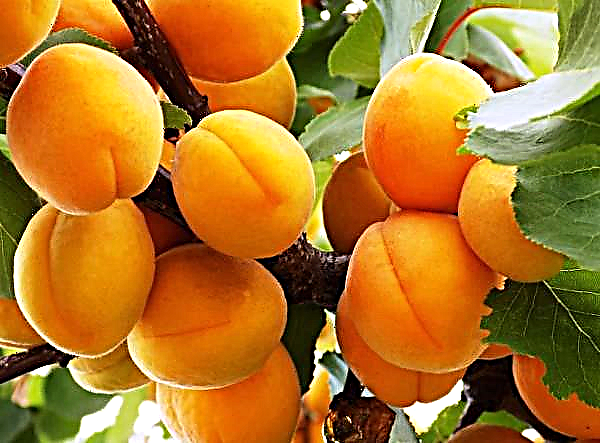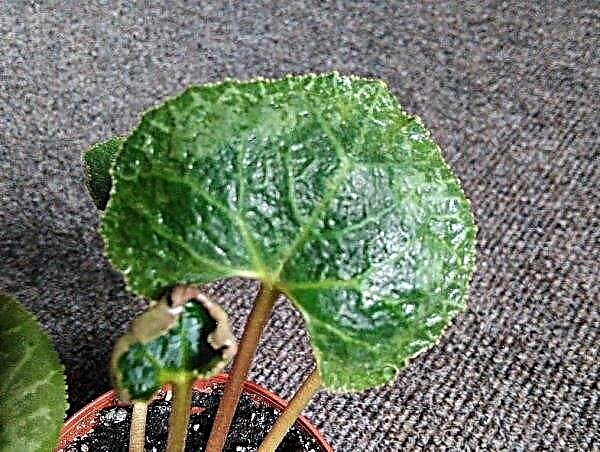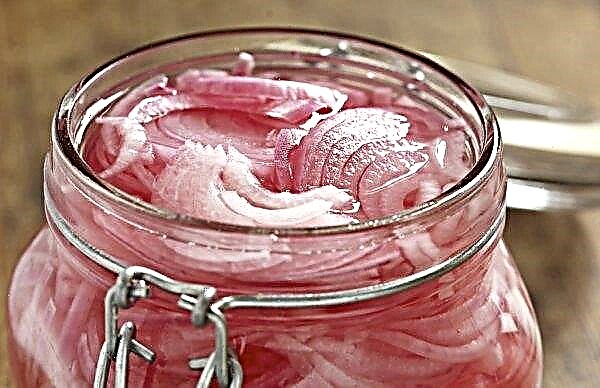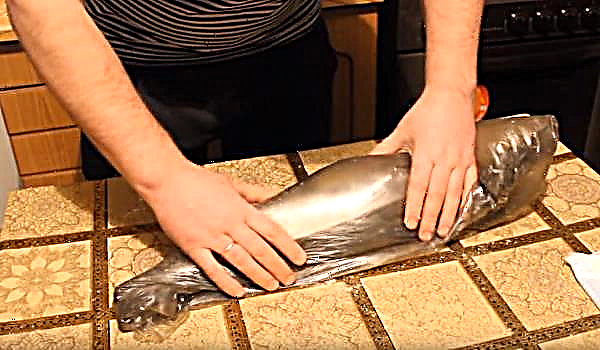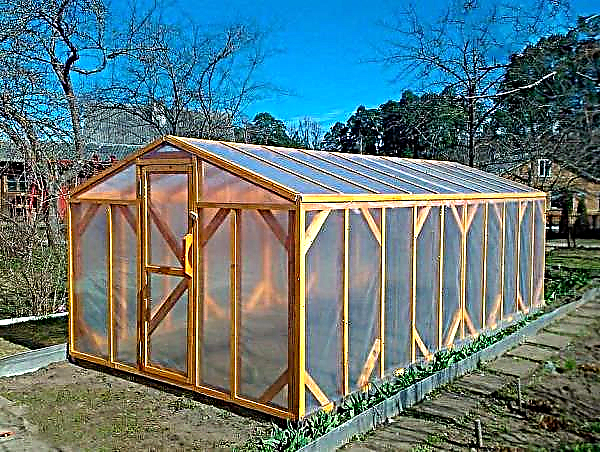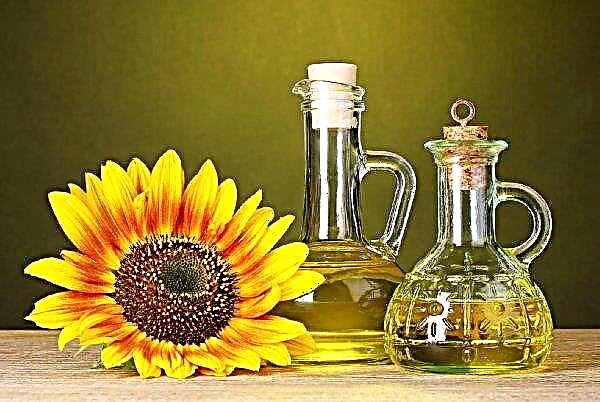The classic recipe for sauerkraut involves the addition of sugar. To diversify the taste of snacks, you can add various ingredients. Read more about the methods and rules for preparing this dish below.
Selection and preparation of ingredients
For pickling, first of all, you need to pick a late variety of cabbage - early varieties have too delicate leaf texture, so after souring they will not crunch. The head of cabbage selected for harvesting should be dense, and its leaves taste sweetish, without bitterness.
Products need to be cleaned from the upper leaves, washed and dried. With all other ingredients you need to do the same: clean and wash.Important! Fermentation containers are best taken from wood or glass. Enameled dishes, especially with chips, during the reaction with brine will release toxic substances.
Recipes for the preparation of sauerkraut with sugar
Sauerkraut at home can be one of several recipes:
- classic, with the addition of salt and sugar;
- using beets;
- in your own juice.
Classic recipe with salt and sugar

3-4 days
Nutritional value per 100 g:
- Cut the heads of cabbage, remove the stump, chop the leaves finely.
- Grate carrots on a coarse grater.
- Mix spices and sprinkle chopped raw materials with them. Mix thoroughly, gently crushing chopped vegetables with your hands so that they let juice out.
- Fold the resulting mixture into a glass or wooden container. It’s good to ram the raw materials.
- Place a lid or plate on the surface of the rammed raw materials, install oppression (this may be a can of water). Be sure to install the container with cabbage first on a pallet so that the juice that stands out during fermentation does not stain the room.
- Install the container with cabbage in a dark room in which the air temperature is maintained within + 18 ° C. Daily remove oppression and pierce a layer of cabbage to the bottom with a wooden spatula or stick. After 3-4 days, remove the oppression, cover the container and rearrange the pickled product in a cool place for storage.

Important! The size of the container for pickling should not exceed the volumes of the harvested raw materials too much. For 2 kg of cabbage, a capacity of 3 liters will be enough.
With beets

3-4 days
table vinegar 9%
3 tbsp. l
Nutritional value per 100 g:
- Cut the heads of cabbage, remove the stump, cut the remaining raw materials into squares.
- Chop the beets into thin strips.
- Boil water, add all the spices, boil for 15 minutes.
- Then add vinegar and boil for another 2 minutes.
- Mix the prepared vegetables, tamp in a jar or pan.
- Pour marinade, cover with gauze and set aside in a warm place for 3-4 days. During this time, maintain the temperature in the range of +18 ... + 20 ° С, daily pierce the raw materials to the bottom.
- After 3-4 days, rearrange the finished product in the refrigerator.
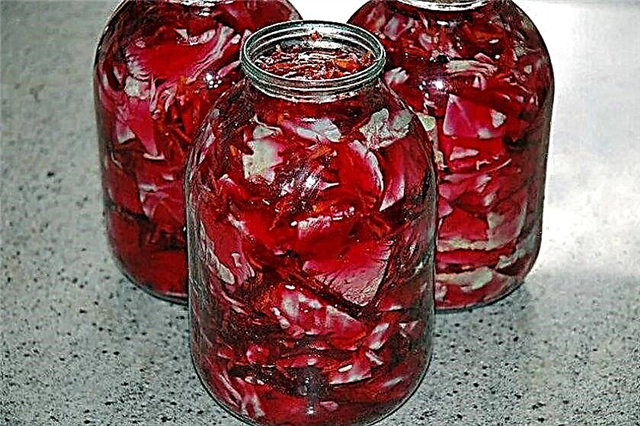
Did you know? During periods of his voyages, Columbus always took sauerkraut with him on board. At that time, these products were one of the means of salvation from scurvy.
In own juice

4–5 days
Nutritional value per 100 g:
- Cut the cabbages, chop, grate the carrots on a coarse grater.
- Mix the raw materials with salt, crushing it so that it gives juice.
- Tamp the products into prepared containers. Install oppression. Place the container with the raw materials in a dark place. The temperature should be maintained within the range of +18 ... + 20 ° С.
- Fermentation will last 4–5 days. Throughout this period, you need to pierce the raw materials daily to the entire height of the tank, remove the foam formed on the brine surface. After 4-5 days, you need to rearrange the prepared cabbage in a cool place. This method is the simplest in terms of implementation and requires minimal costs for products.

Storage Features
The shelf life of the product depends on the selected container. Subject to temperature conditions within -1 ... + 4 ° С products retain their quality throughout:
- 8 months - in wooden containers;
- 2 weeks - in glass jars;
- 6-7 days - in a polymer film.
The appetizer in question is not only a tasty, but also a healthy product, which, at minimal cost, can be prepared independently at home. It is in perfect harmony with different types of dishes. Subject to certain conditions, the product can retain nutritional value throughout the winter.Did you know? In Russia, for the navy and soldiers, sauerkraut was dried - in this form, the products had very low weight and retained their qualities for longer. In the XIX century. in Suzdal there were whole house-driers designed for these purposes.

